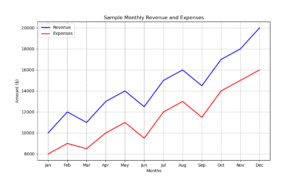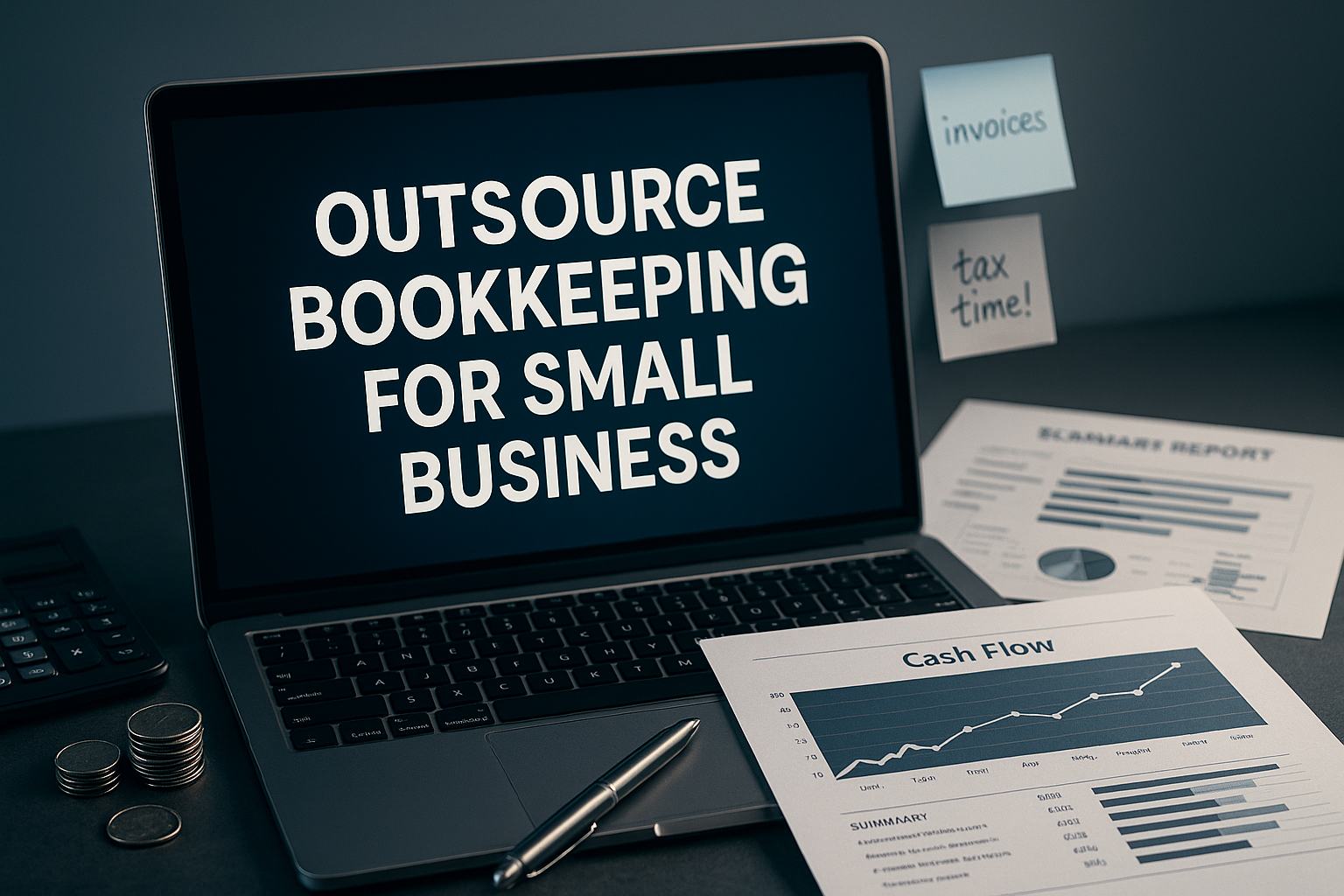Imagine this: You’ve poured your heart into launching your small business—late nights, endless coffee, and big dreams. Yet, within months, you’re scrambling to cover bills, wondering where it all went wrong. Here’s a startling fact: 80% of small businesses fail within their first 18 months, often due to business budget failure. If your budget feels more like a guessing game than a plan, you’re not alone. In this article, we’ll dive into the top five reasons why business budgets fail and share actionable fixes to turn chaos into clarity. Ready to make your budget a tool for growth? Let’s get started.
1. Lack of Realistic Goals
The Problem
Dreaming big is a hallmark of entrepreneurship, but budgeting without a reality check is a recipe for disaster. Many business owners set lofty revenue targets—like a 50% sales spike in year one—without evidence to back it up. This leads to overspending on marketing, inventory, or staff, only to fall short and face financial strain.
The Fix
Ground your budget in data. Start by reviewing your past financials—sales trends, profit margins, and expense patterns. If you’re a new business, lean on industry benchmarks. For example, the Small Business Administration (SBA) offers free data showing average revenue for your sector. Set conservative goals, like a 10-15% increase, and adjust as you grow. Realism today builds confidence tomorrow.
Example: A café owner aiming for $10,000 monthly revenue might analyze local foot traffic and competitor sales first, rather than banking on hope alone.

2. Ignoring Variable Expenses
The Problem
Fixed costs like rent or subscriptions are easy to predict, but variable expenses? They’re the silent budget killers. Think unexpected repairs, fluctuating supply costs, or a last-minute ad campaign. Ignore these, and your budget crumbles when the unexpected hits.
The Fix
Break your expenses into two buckets: fixed and variable. For the wild cards, estimate based on past surprises—say, a $500 equipment fix or a $200 shipping spike. Then, pad your budget with a 10-15% buffer. This cushion absorbs shocks without derailing your plan.
Pro Tip: Review last year’s “oops” moments (e.g., that rushed printer repair) to refine your estimates.
Fixed vs Variable Expenses
Fixed expenses remain constant each month, while variable expenses fluctuate based on business activity.
| Fixed Expenses | Variable Expenses | Notes |
|---|---|---|
| Rent | Utilities | Utilities can vary based on usage. |
| Salaries | Raw materials | Raw material costs change with production levels. |
| Insurance | Shipping costs | Shipping costs depend on the number of orders. |
| Loan payments | Marketing expenses | Marketing costs can vary based on campaigns. |
| Subscriptions | Commissions | Commissions are based on sales volume. |
3. Not Tracking Spending
The Problem
A budget isn’t a “set it and forget it” deal. Too many owners draft a plan, then let it gather dust while spending spirals. Without tracking, you’re blind to cash flow leaks—like overspending on ads or creeping utility bills—until it’s too late.
The Fix
Make tracking a habit. Tools like QuickBooks, Xero, or even a simple spreadsheet can show real-time spending. Set aside 15 minutes weekly to compare actuals to your budget. Caught a $300 overspend on supplies? Adjust next week’s plan. For tool ideas, see our Top 10 Budgeting Tools for Small Businesses.
Example: A freelancer noticing a $50 monthly app subscription they forgot to cancel—tracking catches that fast.
Top 5 Budgeting Tools for Small Businesses
Use this checklist to evaluate the best budgeting tools for your business. Each tool is tailored to simplify tracking and planning.
-
QuickBooks
- Comprehensive features for invoicing, expense tracking, and reporting
- Ideal for businesses needing integrations with payroll and taxes
- Pricing: Starts at $30/month
-
Xero
- User-friendly interface with real-time cash flow tracking
- Great for small teams with simple needs
- Pricing: Starts at $13/month
-
Wave
- Free for basic accounting and budgeting
- Perfect for freelancers or startups on a tight budget
- Pricing: Free (premium features extra)
-
FreshBooks
- Focused on invoicing and expense tracking for service-based businesses
- Easy to use for non-accountants
- Pricing: Starts at $17/month
-
YNAB (You Need A Budget)
- Goal-oriented budgeting for cash flow management
- Best for entrepreneurs prioritizing financial clarity
- Pricing: $14.99/month or $99/year
4. Failing to Adjust for Changes
The Problem
Business moves fast—a supplier raises prices, a client delays payment, or a slow season hits. Sticking to a rigid budget in a shifting world is like sailing with an outdated map. You’ll crash into reality sooner or later.
The Fix
Treat your budget as a living document. Review it quarterly—or monthly if your industry’s volatile (think retail during holidays). Adjust allocations based on what’s happening: cut marketing if sales dip, or boost inventory if demand spikes. Flexibility is your superpower.
Real-World Case: A boutique owner slashed ad spend by 20% after a quiet January, reallocating funds to cover a rent hike.

5. Not Seeking Professional Help
The Problem
DIY budgeting sounds cost-effective, but it’s a gamble. Without expertise, you might miss tax deductions, misjudge cash flow, or overlook growth opportunities. The myth that accountants are only for big corporations keeps small businesses stuck—and broke.
The Fix
Bring in a pro. A financial advisor or accountant spots pitfalls and fine-tunes your plan. They might save you thousands by catching a $2,000 tax credit you didn’t know existed. Start with a one-hour consult—many offer free intros. Expertise pays off.
Stat: Businesses with professional financial help are 30% more likely to survive past five years (Forbes).

Insight Block: Pick the Right Budgeting Tool
Choosing a budgeting tool can feel like picking a needle from a haystack. To cut through the noise, we’ve compared the top five—think QuickBooks for integrations, Xero for simplicity, or Wave for freebies. Check features, pricing, and user reviews below to find your fit. A good tool doesn’t just track—it transforms.
Mini-Summary
Let’s recap: Business budget failure often comes from unrealistic goals, ignored variable costs, poor tracking, static plans, and skipping expert help. Fix these with data-driven targets, buffers, regular check-ins, adjustments, and professional input. Your budget should work for you, not against you.
Conclusion
Your budget isn’t just a spreadsheet—it’s your business’s heartbeat. By dodging these five traps, you can craft a plan that fuels growth, not frustration. Start small: review your numbers this week, tweak one weak spot, and consider a pro’s advice. Want a head start? Grab our free budgeting toolkit below—loaded with templates, checklists, and tips to simplify the process. Take control today—your business deserves it.
Want Our Free Budgeting Toolkit? Contact Us





